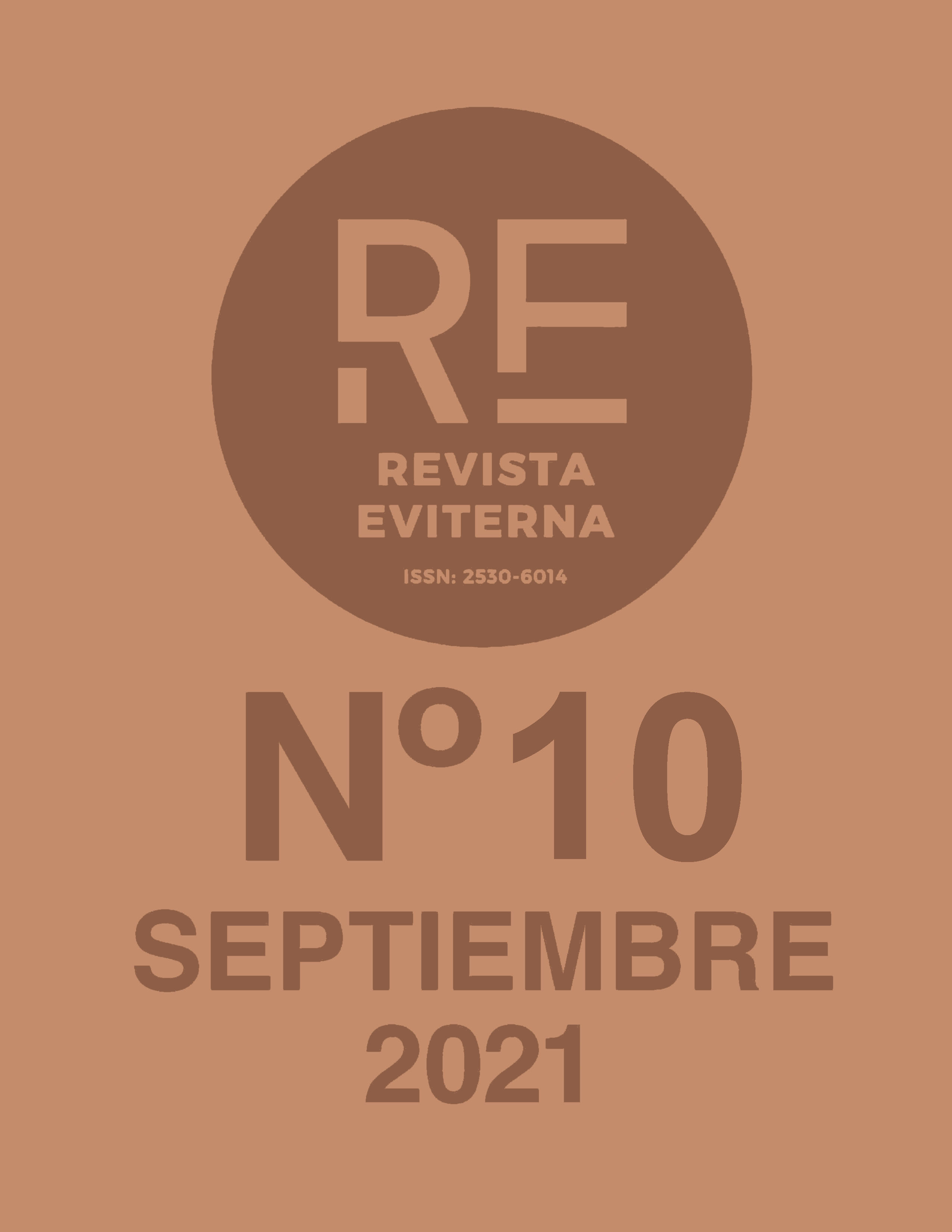Picasso en Italia, 1917
DOI:
https://doi.org/10.24310/Eviternare.vi10.12836Palabras clave:
Picasso, Italia, Ballet, ArlequínResumen
En 1917, Italia le presenta a Pablo Picasso (1881-1973) la oportunidad de inaugurar una nueva etapa artística en la que pervivirá y se modificará el cubismo y, al mismo tiempo, van tomando lugar los elementos del clasicismo de carácter ingresco. Al trabajar durante esta estancia italiana para los Ballets Russesen el telón y vestuario de la obra Parade, pudo perfeccionar su conocimiento de la tradición de la Commedia dell'Artey retomar la iconografía de Arlequín. En Roma, visita y aprecia los tesoros de la ciudad, como el Coliseo iluminado o la Capilla Sixtina y, en sus paseos por Campania, quedó prendado por los frescos y las ruinas de Pompeya y Herculano que le inspiraron toda una serie de dibujos. Además de monumentos clásicos y obras maestras del Renacimiento, encontró en unas postales de una vendedora de flores con el traje tradicional el punto de partida para elaborar la imagen de la mujer italiana como muestra del aprendizaje adquirido en este país. Será en la Città Eternadonde conocerá a su futura mujer, la bailarina Olga Khokhlova, con la que comenzará una nueva etapa personal.
Descargas
Métricas
Publicación Facts
Perfil de revisores N/D
Información adicional autores
Indexado: {$indexList}
-
Indexado en
- Sociedad Académica/Grupo
- N/D
- Editora:
- Universidad de Málaga
Citas
Bignardi, M. (2017). Picasso a Napoli: una "Montmartre arabe". Nápoles: Liguori.
Bois, Y. A. (2008). Picasso the Trickster. En Bois, Y. A. (Ed.). Picasso harlequin: 1917-1937 (pp. 19-35). Milán: Skira.
Cabanne, P. (1982). El siglo de Picasso. Vol. I: El nacimiento del Cubismo; Las metamorfosis (1881-1937). Madrid: Ministerio de Cultura.
Carandente, G. (1998). Picasso and the Italian scene. En Clair, J. y Michel, O. (Eds.). Picasso: the italian journey 1917-1924 (pp. 31-48). Londres : Thames and Hudson.
Cocteau, J. (1997). Entre Picasso et Radiguet. París: Hermann.
Cowling, E. (2002). Picasso: Style and Meaning. Londres: Phaidon.
Crespelle, J. P. (1969). Picasso and his women. Nueva York: Coward-McCann.
Eliacheff, C. (2019). Las vidas de Olga. En Philippot, É., Pissarro, J. y Ruiz-Picasso, B. (Dir.). Olga Picasso (pp. 275-279). Málaga: Museo Picasso.
FitzGerald, M. C. (1996). The modernists' dilemma: neoclassicism and the portrayal of Olga Khokhlova. En Rubin, W. (Ed.). Picasso and portraiture: representation and transformation (pp. 296-335). Nueva York: The Museum of Modern Art.
Léal, B. (1998). "moi / Hôtel Vesuvio / Naples / chambre / 114" : (Picasso's Italian carnets). En Clair, J. y Michel, O. (Eds.). Picasso: the italian journey 1917-1924 (pp. 55-60). Londres: Thames and Hudson.
Leymarie, J. (1990). L’avventura italiana di Picasso. En Cortenova, G. y Leymarie J. (Eds.). Picasso in Italia (pp. 71-77). Milán: Mazzotta.
Mallen, E. (Ed.). (1997-2021). Online Picasso Project. Sam Houston State University. Recuperado de (4 de junio, 2021): https://picasso.shsu.edu/index.php
Massine, L. (1968). My life in ballet. Londres: Macmillan.
Palau i Fabre, J. (1999). Picasso: de los ballets al drama, 1917-1926. Barcelona: Polígrafa.
Richardson, J. (2007). A life of Picasso: the triumphant years, 1917-1932. Nueva York: Alfred A. Knopf.
Severini, G. (1968). Il tempo de l’Effort Moderne. Florencia: Enrico Vallechi.
Walsh, S. (1999). Stravinsky: A Creative Spring: Russia and France 1882–1934. Nueva York: Knopf.
Warncke, C. P. [1992] (2002). Pablo Picasso: 1881-1973. Colonia: Taschen.
Widmaier Picasso, O. (2003). Picasso: retratos de familia. Madrid: Algaba.
Publicado
Cómo citar
Número
Sección
Licencia
Todos los contenidos publicados en Revista Eviterna están sujetos a la licencia Creative Commons Reconocimento-NoComercia-Compartirigual 4.0 cuyo texto completo puede consultar en <http://creativecommons.org/licenses/by-nc-sa/4.0>

Se pueden copiar, usar, difundir, transmitir y exponer públicamente, siempre que:
- Se cite la autoría y la fuente original de su publicación (revista, editorial y URL de la obra).
- No se usen para fines comerciales.
- Se mencione la existencia y especificaciones de esta licencia de uso.
Los derechos de autor son de dos clases: derechos morales y derechos patrimoniales. Los derechos morales son prerrogativas perpetuas, irrenunciables, intransferibles, inalienables, inembargables e imprescriptibles.
De acuerdo con la legislación de derechos de autor, Revista Eviterna reconoce y respeta el derecho moral de los autores/as, así como la titularidad del derecho patrimonial, el cual será cedido a la Universidad de Málaga para su difusión en acceso abierto.
Los derechos patrimoniales, se refieren a los beneficios que se obtienen por el uso o divulgación de las obras. Revista Eviterna se publica en open access y queda autorizada en exclusiva para realizar u autorizar por cualquier medio el uso, distribución, divulgación, reproducción, adaptación, traducción o transformación de la obra.
Es responsabilidad de los autores/as obtener los permisos necesarios de las imágenes que están sujetas a derechos de autor.







12.png)



